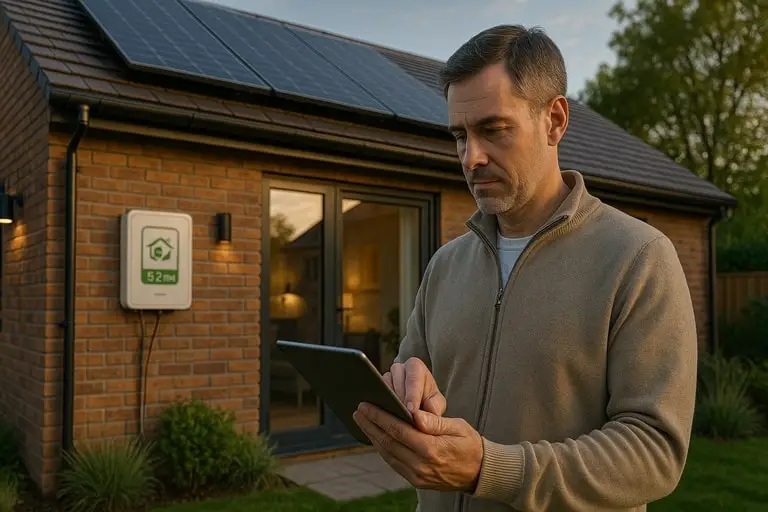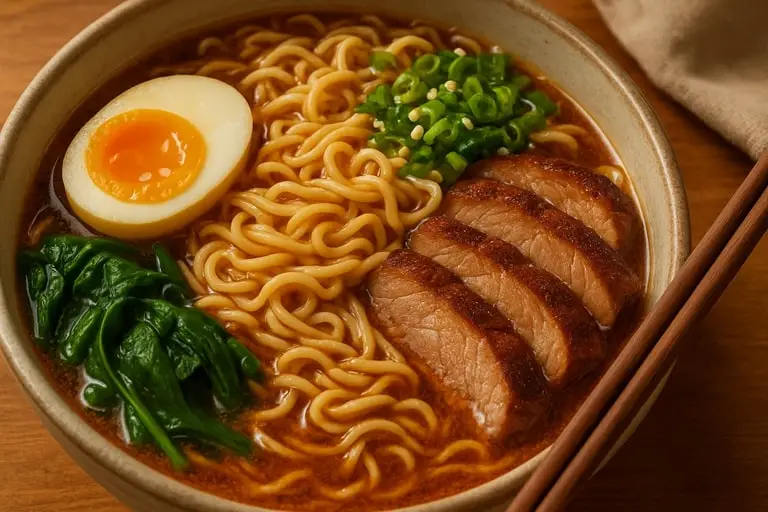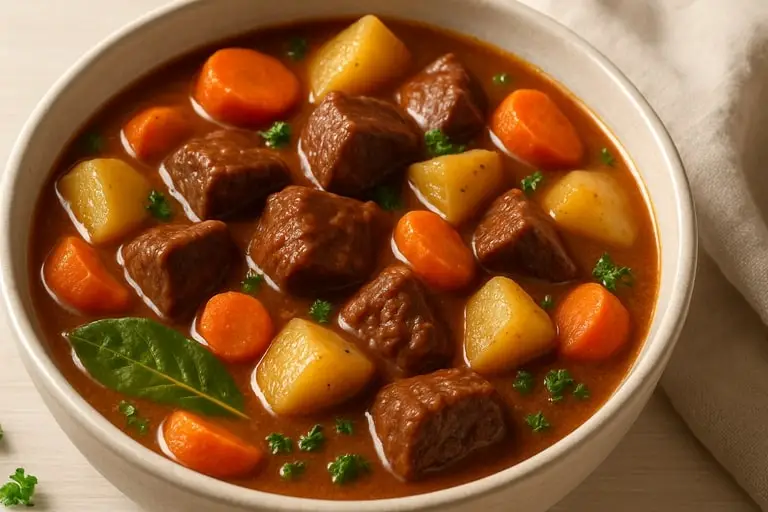Energy-efficient homes are redefining the construction industry, setting new benchmarks for performance, sustainability, and human comfort. They combine advanced materials, efficient home design, and innovative systems to create living spaces that consume fewer resources without compromising quality of life. This shift marks a deliberate departure from outdated building traditions that often prioritized rapid completion over long-term viability. Today, homeowners, developers, and policymakers alike see energy efficiency as essential, not optional, and its integration signals a future where sustainable architecture takes precedence over short-term convenience.
The philosophy behind energy-efficient housing is rooted in reducing demand before increasing supply. Instead of building larger systems to support inefficient structures, architects focus on minimizing energy loss at its source. High-quality insulation, airtight construction, and advanced glazing technologies all contribute to homes that require less heating and cooling. This approach transforms energy efficiency from an abstract ideal into a measurable, tangible outcome that can be seen in reduced bills, lower emissions, and enhanced living comfort.
Sustainable architecture plays a vital role in the overall impact of these homes. By orienting structures to capture natural light, harnessing passive solar energy, and designing spaces that encourage airflow, architects reduce reliance on mechanical systems. Every aspect of efficient home design is intentional: window placement, roof angles, and material choice align to optimize performance. These principles demonstrate that energy-efficient homes are not about isolated upgrades but about holistic solutions embedded in the very DNA of the building.
Green construction practices enhance these efforts by ensuring that the creation of energy-efficient homes is as sustainable as their operation. Builders increasingly turn to recycled steel, engineered timber, and low-carbon concrete, reducing the environmental footprint of construction itself. This process not only lowers embodied carbon but also sets a standard for responsible sourcing of materials. In doing so, energy efficiency becomes a cradle-to-grave philosophy rather than a feature applied only after a building is complete.
Technology plays an indispensable role in the daily function of energy-efficient homes. Smart thermostats, occupancy sensors, and automated lighting systems adapt usage patterns to real-time needs, eliminating waste and optimizing comfort. These technologies turn homes into dynamic, responsive environments rather than static shelters. For residents, the experience translates into seamless living that aligns lifestyle needs with environmental responsibility.
Water conservation integrates naturally into the design of these homes, further extending their impact. Low-flow fixtures, rainwater harvesting systems, and greywater recycling reduce strain on municipal supplies while lowering utility costs for occupants. This intersection of energy and water efficiency underscores the broader benefits of energy-efficient homes, showing how small design choices can ripple outward into meaningful ecological savings.
From an economic perspective, the advantages of energy-efficient housing are undeniable. Homeowners enjoy lower utility costs, improved resale value, and eligibility for tax credits or green certifications. Developers benefit from increased demand as buyers and tenants prioritize sustainable features. Even financial institutions increasingly favor energy-efficient homes, offering favorable mortgage terms as recognition of their stability and reduced risk. These trends reveal that ecological responsibility and financial prudence are not opposing forces but complementary goals.
The health benefits of energy-efficient homes provide another compelling reason for adoption. Improved indoor air quality through low-toxin materials, effective ventilation, and reduced mold risk creates environments that support wellbeing. Residents experience fewer respiratory issues, better sleep, and enhanced productivity, proving that sustainability is about more than resource conservation—it is about human flourishing.
Urbanization further amplifies the importance of energy-efficient housing. As cities expand, efficient home design ensures that new developments do not overwhelm infrastructure or exacerbate environmental degradation. By scaling sustainable architecture across entire neighborhoods, municipalities reduce emissions, improve resilience, and set examples for future growth. Energy-efficient homes thus become not just private assets but public resources that benefit society as a whole.
Critics often point to higher upfront costs as barriers to adoption, but this perspective ignores the long-term financial and ecological savings. Over time, operational savings outweigh initial investment, and the increasing affordability of sustainable technologies continues to reduce cost gaps. As adoption grows, economies of scale ensure that energy-efficient homes will soon become the default rather than the exception, democratizing access to their benefits.
Ultimately, energy-efficient homes represent a cultural shift in how people view living spaces. No longer just shelters, homes become active participants in sustainability, blending beauty, comfort, and responsibility. By combining efficient home design, sustainable architecture, and green construction, these structures offer a blueprint for the future—one where housing aligns with human needs and ecological limits, setting the stage for resilient communities worldwide.
Energy-Efficient Housing And Sustainable Design
Energy-efficient housing embodies a philosophy of resilience and responsibility, reshaping the way societies approach shelter. Beyond technological solutions, it reflects a cultural commitment to sustainable design principles that ensure comfort, health, and ecological balance. By prioritizing efficiency in every stage of construction and operation, energy-efficient housing becomes a framework for living that harmonizes modern convenience with environmental stewardship.
The principles of efficient home design are central to this transformation. Careful consideration of building orientation, thermal mass, and envelope tightness ensures that homes interact intelligently with their natural surroundings. Passive heating and cooling strategies minimize dependence on mechanical systems, demonstrating how thoughtful planning translates into long-term efficiency. By reducing baseline energy demand, these measures create homes that are inherently sustainable.
Advances in sustainable architecture deepen the impact of these designs. Architects incorporate renewable materials, biophilic elements, and integrated green spaces to foster connections between occupants and their environment. Natural lighting, cross-ventilation, and adaptable layouts elevate comfort while reducing operational costs. These innovations illustrate how energy-efficient housing is as much about enhancing human experience as it is about saving energy.
Green construction processes further reinforce these gains by embedding sustainability into the foundation of every project. Modular building techniques reduce waste, while digital modeling ensures precision and efficiency in resource use. Recycled or responsibly sourced materials provide durability without depleting ecosystems. Through these practices, energy-efficient housing represents a continuum of responsibility, from material sourcing to daily occupancy.
Technology integration enhances both convenience and conservation. Smart meters, advanced HVAC systems, and adaptive lighting work in concert to align usage with demand. This seamless interplay creates homes that anticipate occupant needs while eliminating waste. The result is a new era of living where housing responds dynamically to human presence and environmental conditions alike.
Water efficiency remains integral to the design of energy-efficient housing. Systems that recycle greywater, collect rainwater, and optimize irrigation illustrate how sustainability extends beyond energy alone. These strategies support ecological resilience, particularly in regions where scarcity poses a challenge. In this way, efficient housing becomes an anchor for broader community sustainability.
Economically, energy-efficient housing yields measurable and enduring benefits. Lower energy bills, higher property valuations, and favorable financing options make sustainable homes attractive to both occupants and investors. Governments further support adoption through incentives and certifications, ensuring that ecological responsibility is aligned with financial opportunity. These dynamics demonstrate that sustainability enhances prosperity rather than hindering it.
From a health standpoint, sustainable housing environments reduce pollutants and allergens, supporting physical and mental wellbeing. Enhanced air quality, natural light, and consistent thermal comfort foster healthier lifestyles. For families, these improvements translate into fewer medical issues and greater productivity, underscoring that energy-efficient housing prioritizes people as much as it does the planet.
The societal implications of scaling energy-efficient housing are profound. As entire neighborhoods adopt sustainable design, communities reduce strain on energy grids and municipal resources. This systemic shift amplifies individual efforts, creating cumulative benefits that extend across regions. Energy-efficient housing thus serves as a catalyst for urban resilience and collective wellbeing.
Addressing the perception of higher upfront costs is essential for wider acceptance. While initial investments may appear elevated, they are rapidly offset by operational savings and rising property values. As construction technologies mature, cost barriers continue to shrink, making sustainable housing increasingly attainable for diverse populations. The democratization of efficiency signals a future where ecological responsibility is accessible to all.
At its core, energy-efficient housing redefines prosperity in construction. No longer measured solely by square footage or luxury finishes, success is now defined by efficiency, resilience, and harmony with nature. By aligning efficient home design, sustainable architecture, and green construction, housing evolves into a medium for progress that safeguards both people and the planet for generations to come.
Energy-Efficient Homes And Benefits For People
The benefits of energy-efficient homes extend across every dimension of human life, from financial savings to ecological stewardship and personal wellbeing. They represent not just an upgrade in construction but a rethinking of what it means to live sustainably in a rapidly changing world. By aligning efficiency with comfort, energy-efficient homes demonstrate how thoughtful design can transform housing into a force for positive change.
Environmental benefits stand at the forefront. Reduced energy consumption directly lowers greenhouse gas emissions, mitigating the impacts of climate change. Efficient systems for heating, cooling, and lighting ensure that homes operate within ecological boundaries. This alignment between daily living and planetary health is one of the defining benefits of energy-efficient homes, highlighting the tangible role individuals play in sustainability.
Financial benefits are equally compelling. Lower utility costs provide immediate relief to households, while long-term operational savings create enduring stability. For property owners, energy-efficient homes yield higher resale and rental values, making them desirable investments. Governments amplify these gains by offering tax credits, subsidies, and certifications that reward ecological responsibility. Together, these dynamics ensure that sustainability and financial prudence go hand in hand.
Health and comfort benefits further strengthen the case for adoption. Improved air quality, stable indoor temperatures, and natural lighting support physical health and psychological wellbeing. Residents of energy-efficient homes consistently report fewer respiratory issues, better sleep, and increased productivity. These outcomes illustrate how sustainability creates environments that nurture human potential as much as they conserve resources.
Community-level benefits emerge when energy-efficient homes are scaled across neighborhoods. Reduced strain on energy grids and municipal systems enhances resilience, lowering risks of outages or shortages. Shared green spaces, walkable designs, and integrated renewable systems create communities that foster interaction, cohesion, and ecological awareness. The collective benefits of energy-efficient housing demonstrate how private decisions translate into public good.
Technological innovation continues to enhance these advantages. With each advancement in smart systems, renewable energy integration, and sustainable materials, the benefits of energy-efficient homes expand. Occupants enjoy greater control, convenience, and adaptability, ensuring that sustainable living does not mean sacrificing modern comforts but rather enhancing them.
Perceptions of cost remain a common barrier, yet evidence consistently shows that the long-term benefits outweigh initial investment. Operational savings, rising property values, and supportive financial mechanisms transform upfront costs into opportunities for gain. As adoption grows and technologies become more affordable, these benefits will become universally accessible, reinforcing the inevitability of sustainable living.
Education and cultural shifts magnify these benefits by embedding sustainability into everyday choices. As awareness grows, demand for energy-efficient homes increases, encouraging developers to prioritize sustainable features. This cycle of demand and supply accelerates progress, ensuring that the benefits extend across society.
Resilience benefits provide another critical dimension. Energy-efficient homes are designed to withstand disruptions from climate change, resource volatility, and economic instability. Their adaptability ensures continuity and security for occupants in uncertain times. These features highlight that the benefits of energy-efficient homes extend beyond savings and comfort to include protection and stability.
Ultimately, the benefits of energy-efficient homes represent a comprehensive redefinition of what housing means. They blend environmental care, financial wisdom, health promotion, and community resilience into one holistic package. By embracing efficient home design, sustainable architecture, and green construction, societies can ensure that homes are not merely shelters but active contributors to ecological harmony and human progress.
In the modern world, where environmental concerns and rising utility costs intersect, the benefits of energy-efficient homes have become a focal point in discussions about sustainable living. These homes are more than a lifestyle choice; they are a strategic investment in health, financial stability, and environmental responsibility. By minimizing waste, optimizing resources, and lowering emissions, they redefine what it means to build and inhabit spaces that support human comfort while respecting ecological boundaries. Families, developers, and policymakers increasingly acknowledge that energy efficiency is not simply about reducing monthly bills but about ensuring long-term resilience in a world facing climate and economic challenges.
The most immediate and measurable benefits of energy-efficient homes are financial. Reduced reliance on fossil fuels and improved insulation mean significantly lower energy bills for heating, cooling, and electricity. Over the lifespan of a property, these savings can amount to thousands of dollars, far outweighing the initial investment in efficient windows, solar panels, or high-performance HVAC systems. Additionally, homes built or retrofitted with efficiency in mind often qualify for tax credits, government rebates, or favorable mortgage rates, adding another layer of economic advantage. Buyers are increasingly willing to pay a premium for sustainable properties, making such investments valuable both in the present and in resale markets.
Another key dimension of the benefits of energy-efficient homes is comfort. Properly insulated walls, sealed windows, and advanced ventilation systems eliminate drafts, stabilize indoor temperatures, and improve humidity control. High-efficiency heating and cooling equipment not only consumes less energy but also operates more quietly, enhancing quality of life. Natural light optimized through smart design reduces dependence on artificial illumination while fostering healthier living conditions. Together, these features create an indoor environment where occupants experience year-round comfort, regardless of outdoor weather extremes, without sacrificing affordability.
The benefits of energy-efficient homes also extend to health and well-being. Traditional construction often allows pollutants, allergens, and moisture infiltration that contribute to respiratory problems or mold growth. By contrast, efficient designs incorporate air filtration, balanced ventilation, and non-toxic materials, resulting in cleaner, healthier air. Families living in such environments are less likely to experience asthma triggers or other chronic respiratory issues. Psychological health improves as well, since homes with abundant natural light and stable indoor climates create uplifting atmospheres that reduce stress and promote productivity. Thus, energy efficiency becomes a foundation for healthier, happier lifestyles.
Environmental impact forms another cornerstone of the benefits of energy-efficient homes. Lower energy consumption translates directly into reduced greenhouse gas emissions, which are a leading driver of global warming. Homes that integrate solar, wind, or geothermal power reduce dependency on coal and natural gas, decreasing the demand for carbon-intensive energy sources. Water-efficient appliances and fixtures reduce strain on local resources, while sustainable materials lessen deforestation and mining impacts. By building and living in energy-conscious ways, individuals actively contribute to mitigating climate change, protecting ecosystems, and conserving resources for future generations.
Beyond individual advantages, the benefits of energy-efficient homes ripple outward to communities and societies at large. Neighborhoods that prioritize efficiency enjoy improved air quality, reduced energy demand on strained grids, and enhanced resilience during power shortages or extreme weather. Lower consumption collectively reduces the need for expensive infrastructure expansions, saving taxpayer money while fostering regional sustainability. Furthermore, large-scale adoption of energy-efficient housing encourages job creation in renewable energy, insulation manufacturing, and green technology industries. Thus, these homes are not only good for residents but also serve as catalysts for economic and social development.
Technological innovation enhances the benefits of energy-efficient homes in exciting new ways. Smart thermostats, energy-monitoring systems, and home automation allow occupants to control consumption with precision, learning habits and adjusting automatically to minimize waste. Windows now feature coatings that adapt to changing sunlight, while appliances achieve maximum performance using minimal energy. Even architectural design has evolved, with passive solar orientation and green roofs providing natural heating, cooling, and insulation. These innovations ensure that the concept of energy efficiency continues to evolve, delivering greater benefits year after year as technology advances.
Market demand strongly reflects the growing awareness of the benefits of energy-efficient homes. Real estate studies consistently show that buyers prioritize sustainability and are more willing to invest in homes that guarantee long-term savings and comfort. Developers who highlight efficient features—like triple-glazed windows, solar panels, or ENERGY STAR appliances—gain a competitive edge in crowded markets. Financial institutions reward such projects with preferential lending terms, recognizing their reduced risks. As awareness grows, efficiency becomes a marker of modernity and prestige, ensuring that homes with sustainable features command greater attention and stronger market performance.
Looking to the future, the benefits of energy-efficient homes will only expand as global pressures demand sustainable solutions. Rising energy costs, climate change, and population growth make efficiency an unavoidable necessity rather than a desirable option. Future homes may generate more energy than they consume, actively contributing to grids while offering unparalleled comfort and health advantages. As societies transition toward net-zero goals, energy-efficient housing will be central to achieving climate resilience and economic stability. In this way, these homes represent not just the future of architecture but also the foundation of a responsible and prosperous way of life for generations to come.













